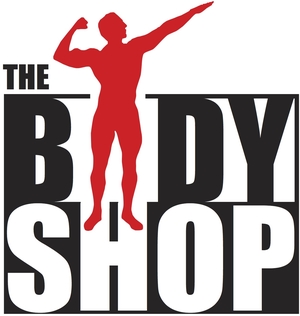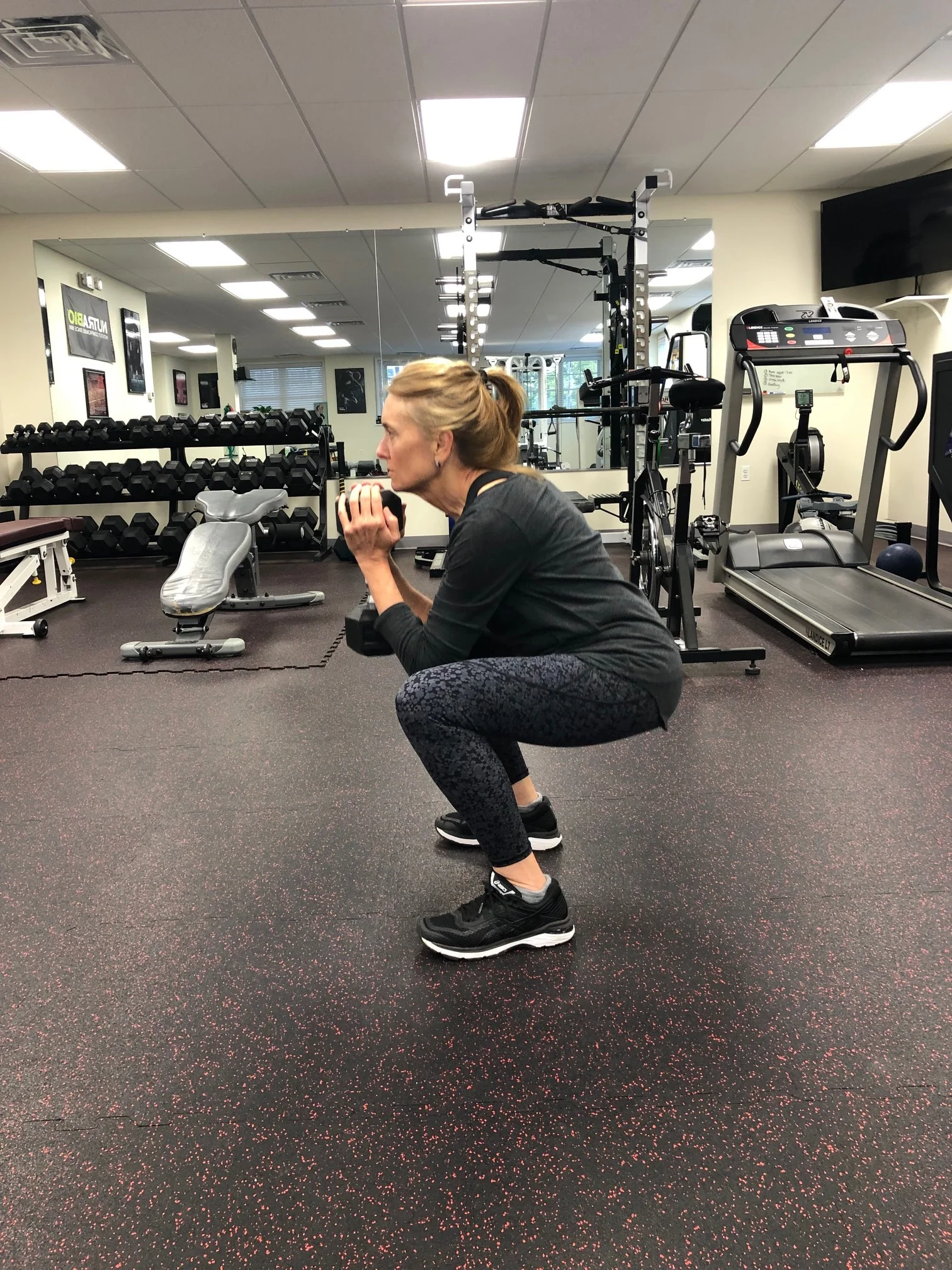It’s likely you know someone who has had the diagnosis of osteoporosis or maybe it is something your doctor has put on your radar. This disease, which is characterized by a reduction in the density and quality of the bone, will effect roughly 55% of people 50 years and older. Osteopenia is a similar condition, however, it is the initial discovery that bones are weaker than normal. It’s the precursor, or warning sign, that osteoporosis is likely around the corner. One of the many concerns with having weaker bones is the higher than normal risk of fracture.
There are quite a few factors that can lead to decreased bone density, such as hormones, lifestyle factors, diet, medications, however, it is widely accepted that proper, progressive strength training can help prevent and even reverse some of the effects of weakening bones. The relationship between bone and strength/resistance training is that strength training will increase muscle mass, and place stress on the bone -- this “stress” or weight loading will actually stimulate osteoblast activity. Osteoblasts are cells that help produce the matrix for bone formation, this is a good thing! Long duration aerobic exercise, like jogging, walking or swimming are beneficial for other areas of the body, like our cardiovascular system, but evidence shows that it does not have the ability to stimulate osteoblasts like resistance training.
As we age, changes in hormones and the tendency for us to become less and less active become the perfect combination for the reduction in bone and muscle mass. Therefore, we must take action in order to prevent this slow and silent loss of bone. Think of training as a method of communication with your body. It’s the best way of telling your body what you need from it and how you want it to adapt. It this case, it allows us to communicate to bone cells that we still need them to work. Over the years I’ve been fortunate enough to work with and help quite a few people who have the goal of offsetting the loss of bone density. While this is not an exhaustive list, here are some of our go-to exercises for this population:
Deadlifts (kettlebell or trap bar) and squats (pictured above) - Some of our largest bones and muscles are located in the lower half of our body. With proper squat and deadlift technique, we have the ability to work our clients up to using progressively heavier and heavier weight, allowing us to reach a greater load potential on the body, which is the goal for healthier bones.
Push Ups and TRX Rows - Both of these exercises are simple, effective upper body exercises, that require someone to handle the load of their own body weight. Push-ups work all the muscles on the front side of the upper body, while the the TRX rows work all the muscles on the back side of the upper body.
Farmer's Carry - This is another great way to load the whole system by carrying weights in each hand as you walk back and forth for time or distance. This is another exercise that with practice, allow for a really great loading potential (you can get really strong at these!)
Jump Rope - Studies have also shown that high frequency vibrations also helped stimulate bone and muscle growth so I always like to include some type of jumping modality into the beginning or end of the workout. It also helps build strength in the legs and is a great way to get the heart rate elevated.
While exercise selection is important, so is the intensity and progression involved with your strength training. We mentioned early that the body has a great ability to adapt to what we repeatedly do, therefore we have to periodically increase intensity in some aspect to continue to “overload” your body and continue to raise the bar on what you are adapting to. As a general rule, set a repetition parameter as a goal. For example, I might suggest 3 sets of 12 reps of the trap bar deadlift. Once you can get 12 reps for all three sets, it's time to increase the weight by 5 or 10lbs. This leads to progressive overload which is necessary to cause as adaptation.



